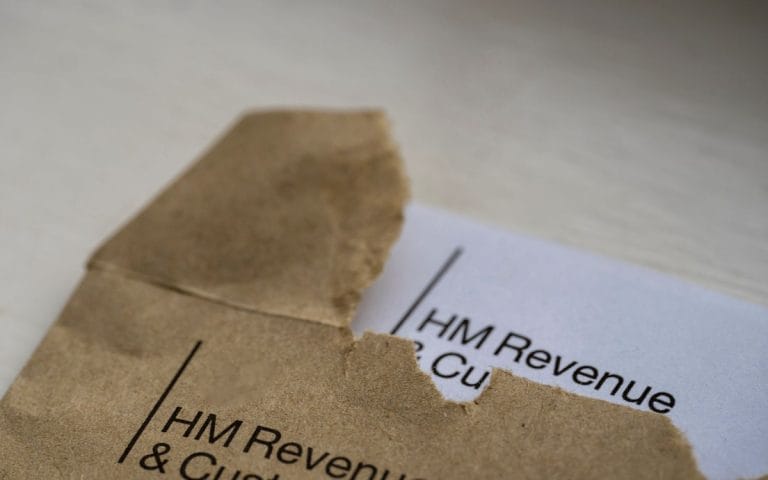🎧 Listen to This Article
To Qualify for Relief, Businesses Must Show:
- They commercially exploited aggregate.
- They paid the Aggregates Levy to HMRC.
- Their customer became formally insolvent.
- They wrote off the debt and recorded it in a separate bad debt account.
- They were not “connected” to the insolvent entity.
But There Are Clear Exclusions:
- If the aggregate was transformed—e.g., into concrete—relief cannot be claimed.
- If the sale price falls below a specific ratio (twice the levy rate), only partial relief is allowed.
- Relief applies only to unpaid amounts—not total invoiced value.
This nuanced framework demands precision in pricing, invoicing, and classification.
A Real-World Example (Based on £2/tonne Levy):
- Sold 20 tonnes for £160
- Levy = £40
- Customer paid £42
- Outstanding = £118
- Claimable Relief = £29.50
Businesses must also re-pay the relief if any debt is later recovered—even partially.
Long-Term Implications: A Bellwether for Sector Health
This policy, though niche, serves as a barometer for financial distress across the UK’s infrastructure and construction supply chains. Insolvency-based relief claims are set to rise in 2025 and beyond due to:
- Continued insolvencies in the construction sector.
- Rising input costs and financing difficulties post-Brexit.
- Delayed public infrastructure contracts and tightening payment terms.
HMRC may need to revise this framework to account for complex supply chains where aggregate is one component in a broader product—particularly as sustainability-driven construction methods evolve.
Policy in the Margins That Speaks Volumes
Bad debt relief for the Aggregates Levy may seem like a footnote in tax administration. But in practice, it reveals a dynamic interplay between environmental taxation, insolvency law, and financial fairness.
In a climate of economic headwinds, every relief mechanism counts. This one shows that even technical policies must evolve with the times, ensuring they don’t just work in theory—but in the real, rock-solid world of business.
For further details, clarification, contributions, or any concerns regarding this article, please contact us at editorial@tax.news. We value your feedback and are committed to providing accurate and timely information. Please note that our privacy policy will handle all inquiries



